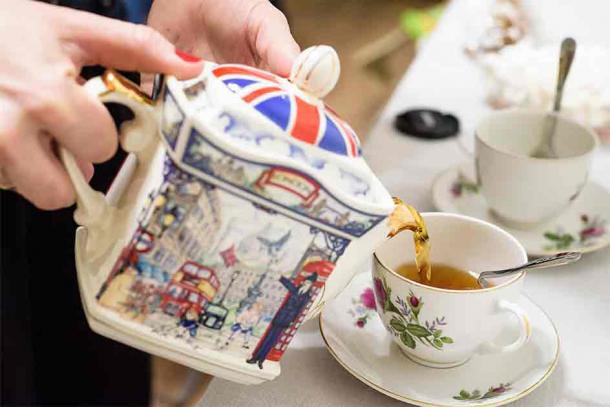🔴 Website 👉 https://u-s-news.com/
Telegram 👉 https://t.me/usnewscom_channel
Britain’s history is a vibrant tapestry woven with threads of diverse cultures, a reality seemingly overlooked by some nationalist standpoints. Contrary to the cosmopolitan makeup of the country, these notions perhaps expose an ignorance of history, particularly within Britain, a nation profoundly shaped by millennia of immigration of one kind or another.
This was clearly portrayed by Robert Winder’s 2004 seminal work, Bloody Foreigners, which challenged traditional notions of British homogeneity. Winder’s analysis of historic waves of immigration revealed Britain’s deep-rooted cultural exchange, unveiling beloved and supposedly “British” aspects as cultural imports integrated into everyday life.
Immigration is Integral to Britain’s “British” Identity
Britain has always been a melting pot of cultures. One seminal instance dates back to the arrival of the Roman invaders in 43 AD, with Roman soldiers and slaves hailing from all over the Roman Empire. Although largely usurping the existing tribes of their territories, according to Bryan Sykes, renowned geneticist in his Blood of the Isles, the genetic footprint was minimal. But their presence infused the island with diverse languages and traditions, while the legacy of Roman rule remains evident in Britain’s infrastructure, language and legal system even today.
Successive waves of migrants, more, or less welcome, have left a lasting mark on British culture and genetic makeup. After the Romans came Jutes, Saxons and Angles, amongst others from the mainland.
Vikings colonized and settled in Britain from late 8th to early 11th centuries, the Norman Conquest in 1066 introduced French influences, while Huguenot refugees fleeing religious persecution in France in the 16th century brought new skills and industries to Britain.
More recent contributions come from immigrants from West Africa, the Caribbean, South Asia, and other regions. The transatlantic slave trade between the late 16th to early 19th centuries had a profound impact on British culture.
The post-World War II Windrush Generation from the Caribbean also played a pivotal role in rebuilding the economy and infrastructure, bringing exotic influences including food and music from across the Atlantic.
Despite being from China, tea has become a British national obsession. (greentellect / Adobe Stock)
Surprising Imports: Exploring Britain’s Multifaceted Cultural Roots
As a result, many aspects perceived as quintessentially “British” have their roots in other cultures.
The beloved cup of tea, for example, was introduced to Britain from China in the 17th century and quickly became a national obsession. Similarly, the tradition of eating fish and chips, often associated with British seaside towns, was brought to Britain by Jewish immigrants seeking refuge from religious persecution in Portugal and Spain in the 17th century. Pubs have evolved out of Roman taverns, while the English language is a blended beauty from all the many influences brought over by successive waves of immigration.
Even the current British royal family, representing the epitome of Britishness, is itself an import. The House of Windsor was originally known as the House of Saxe-Coburg and Gotha, due to the marriage between Queen Victoria and her German cousin Albert. King George V changed it during World War I to distance the monarchy from its German roots. Meanwhile the impact of the slave trade and the Windrush Generation persists in Britain’s multicultural communities and cultural expressions such as reggae music and Caribbean cuisine.
Britain’s multicultural heritage is woven into the fabric of everyday life. Immigration and diversity are not recent phenomena but fundamental aspects of British national identity that have enriched Britain for centuries.
Top image: London symbols of British culture with Big Ben, a double-decker bus and Red Phone Booths. Source: Tomas Marek/ Adobe Stock
References
Sykes, Bryan, 2006. ‘Blood of the Isles’. Bantam Press.
Winder, R., 2013. ‘Bloody Foreigners: The Story of Immigration to Britain’. Abacus

